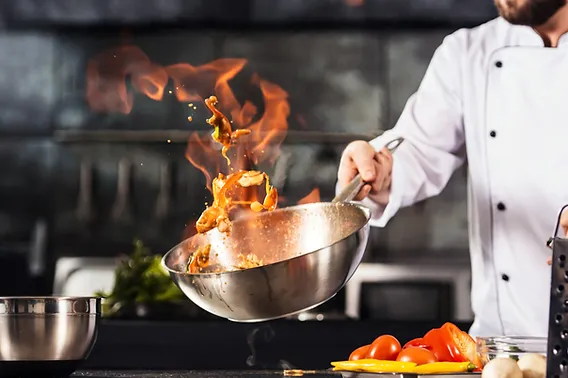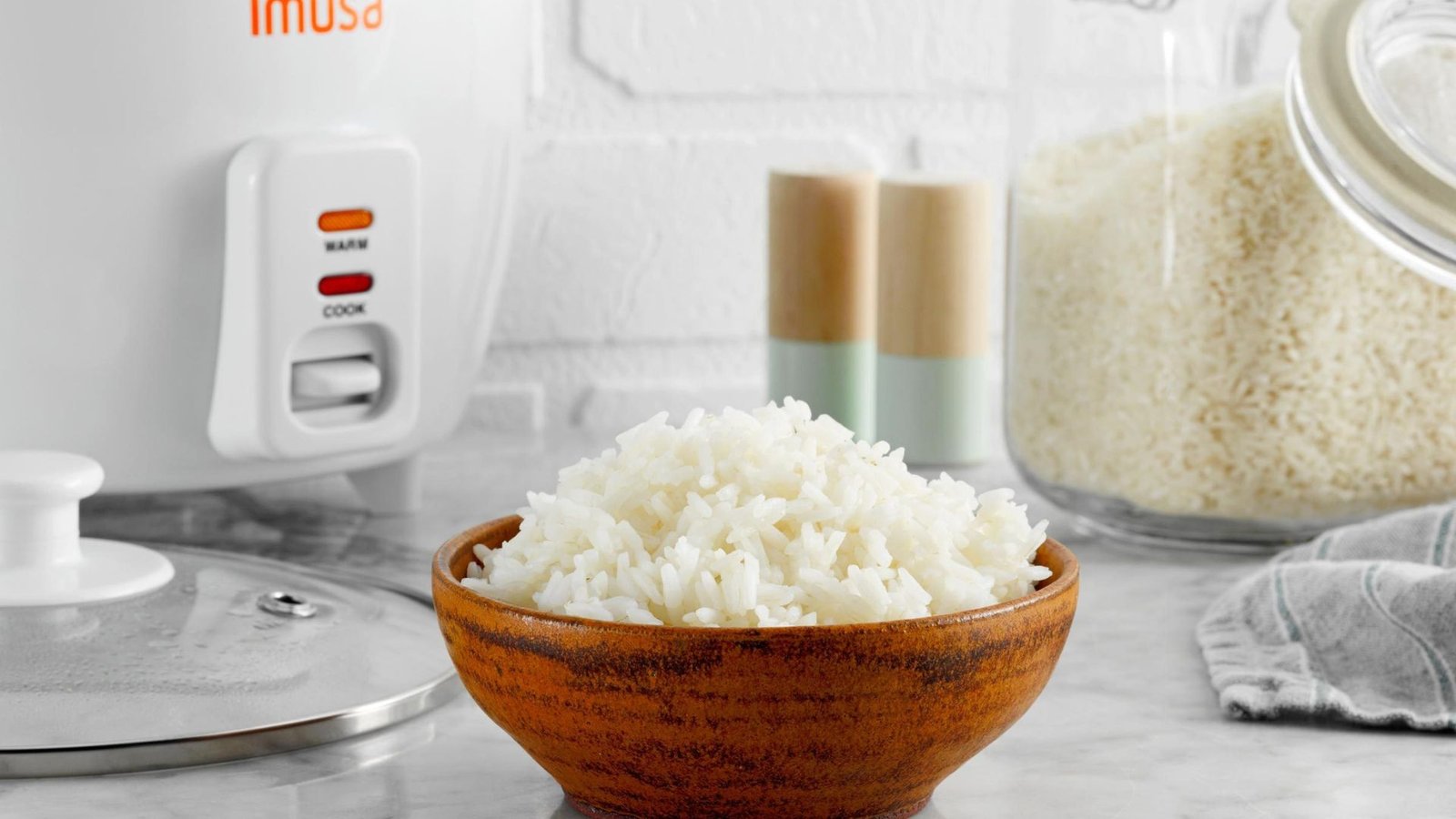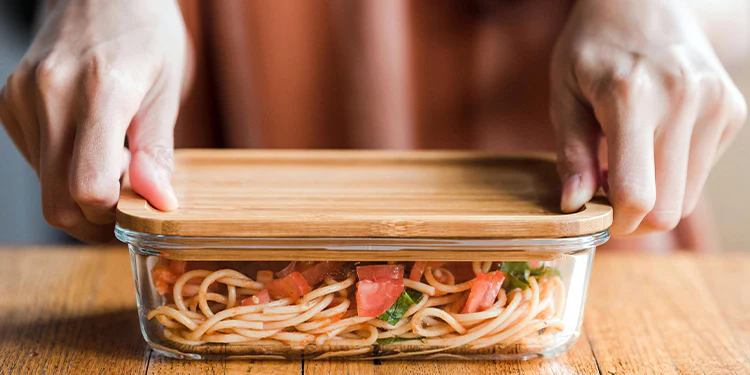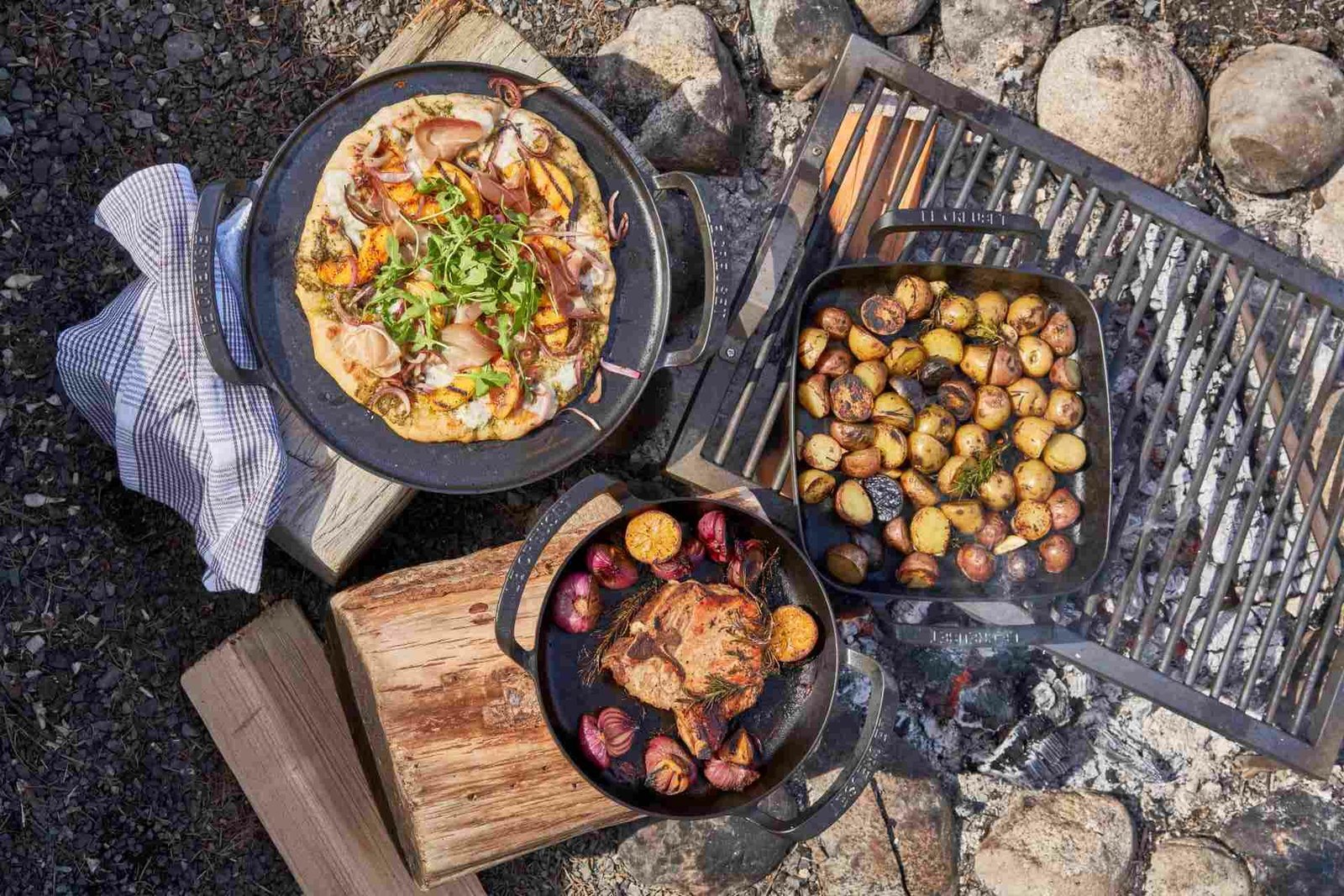Cooking can be a rewarding experience, but it’s easy to make mistakes that affect the outcome of your dish. These errors can result in undercooked meat, bland flavors, or soggy textures. Thankfully, many cooking mistakes are easy to fix or prevent with a little knowledge and practice. In this article, we’ll explore some common cooking mistakes and how to avoid them to help you become a more confident and successful cook.
Not Reading the Recipe First
One of the most common cooking mistakes is not fully reading the recipe before starting. Skipping over steps or missing important details can lead to confusion and mistakes during cooking.
To avoid this, always read through the recipe from start to finish before you begin. This allows you to gather all the necessary ingredients and tools and plan your cooking steps accordingly. By doing so, you’ll avoid surprises along the way and cook with greater efficiency.

Overcrowding the Pan
When cooking meat, vegetables, or even stir-fries, overcrowding the pan is a mistake many home cooks make. This traps steam, which prevents food from browning and cooking evenly.
To avoid this mistake, make sure to leave enough space in the pan for heat to circulate. If you’re cooking a large batch, work in batches. This ensures that your food cooks properly and develops a nice caramelized crust, adding flavor and texture.
Not Seasoning Properly
Seasoning is a critical part of cooking, but many people make the mistake of not seasoning enough or waiting until the end of cooking to add salt and spices.
To avoid this, season your food throughout the cooking process. Taste as you go and adjust the seasoning as needed. Adding a pinch of salt at each stage of cooking will help build layers of flavor and prevent the dish from tasting flat. Furthermore, don’t forget to season water for boiling pasta or vegetables—this helps infuse the food with flavor.
Using the Wrong Type of Pan
Using the wrong type of pan for the task can lead to uneven cooking or a ruined dish. For example, using a nonstick pan for high-heat searing can damage the coating, while using a pan that’s too small can result in overcrowding and uneven heat distribution.
To avoid this mistake, choose the appropriate pan for the job. Use heavy-duty, oven-safe pans for braising and roasting, and choose wide, shallow pans for sautéing and stir-frying. The right pan can make a significant difference in how your dish turns out.
Ignoring Rest Time for Meat
Many people forget to let meat rest after cooking, leading to a loss of juices and dry, tough meat. This is especially important for steaks, roasts, and poultry.
To avoid this, always let meat rest for 5-10 minutes after cooking. This allows the juices to redistribute within the meat, resulting in a juicier, more flavorful bite. Cover the meat loosely with foil to keep it warm while resting.
Not Prepping Ingredients Ahead of Time
Trying to chop vegetables or measure ingredients while cooking can lead to mistakes and delays. This “chaos cooking” can also cause you to burn food or forget key ingredients.
To avoid this, practice mise en place: the French technique of prepping all ingredients before you begin cooking. Chop vegetables, measure spices, and have everything within arm’s reach before you start. This saves time and ensures you don’t miss any crucial steps during the cooking process.
Cooking at Too High or Too Low of a Temperature
Cooking at the wrong temperature can lead to uneven results. High heat may burn the outside of food while leaving the inside undercooked, and low heat can result in overly dry or tough dishes.
To avoid this, always monitor the temperature carefully. Use a thermometer to check meat doneness and adjust the heat based on the dish you’re preparing. Cooking at medium heat for most recipes will give you better control over the outcome and prevent overcooking or burning.
Not Letting Ingredients Reach Room Temperature
One mistake people often make is cooking meat or baking with cold ingredients straight from the fridge. Cold meat can seize up during cooking, and chilled ingredients can affect the texture of baked goods.
To avoid this, take your ingredients out of the fridge ahead of time. Allow meats to come to room temperature for about 20-30 minutes before cooking. For baking, let eggs, butter, and other refrigerated items warm up to room temperature for more consistent results.
Overcooking or Undercooking Pasta
Pasta can be tricky to cook perfectly. Overcooking pasta makes it mushy, while undercooking results in a tough texture.
To avoid this mistake, follow the package instructions for cook time and taste-test for doneness a minute or two before the timer goes off. Also, make sure to salt the water to flavor the pasta, and remember to save some pasta water for the sauce.
Not Using a Timer
Another common mistake is not using a timer, which can result in overcooking or forgetting about your dish entirely.
To avoid this, set a timer for every step of your recipe. Whether you’re boiling, baking, or simmering, timing ensures that your food cooks for the right amount of time. It helps you avoid distractions and ensures the best results every time.
Conclusion
By avoiding these common cooking mistakes, you can enhance your culinary skills and produce dishes that are flavorful and visually appealing. Remember to read the recipe carefully, season properly, and choose the right tools for the job. By practicing these tips, you’ll become a more confident cook and consistently produce delicious meals. Thus, learning from these common mistakes will elevate your cooking, allowing you to enjoy the process and the final results.




